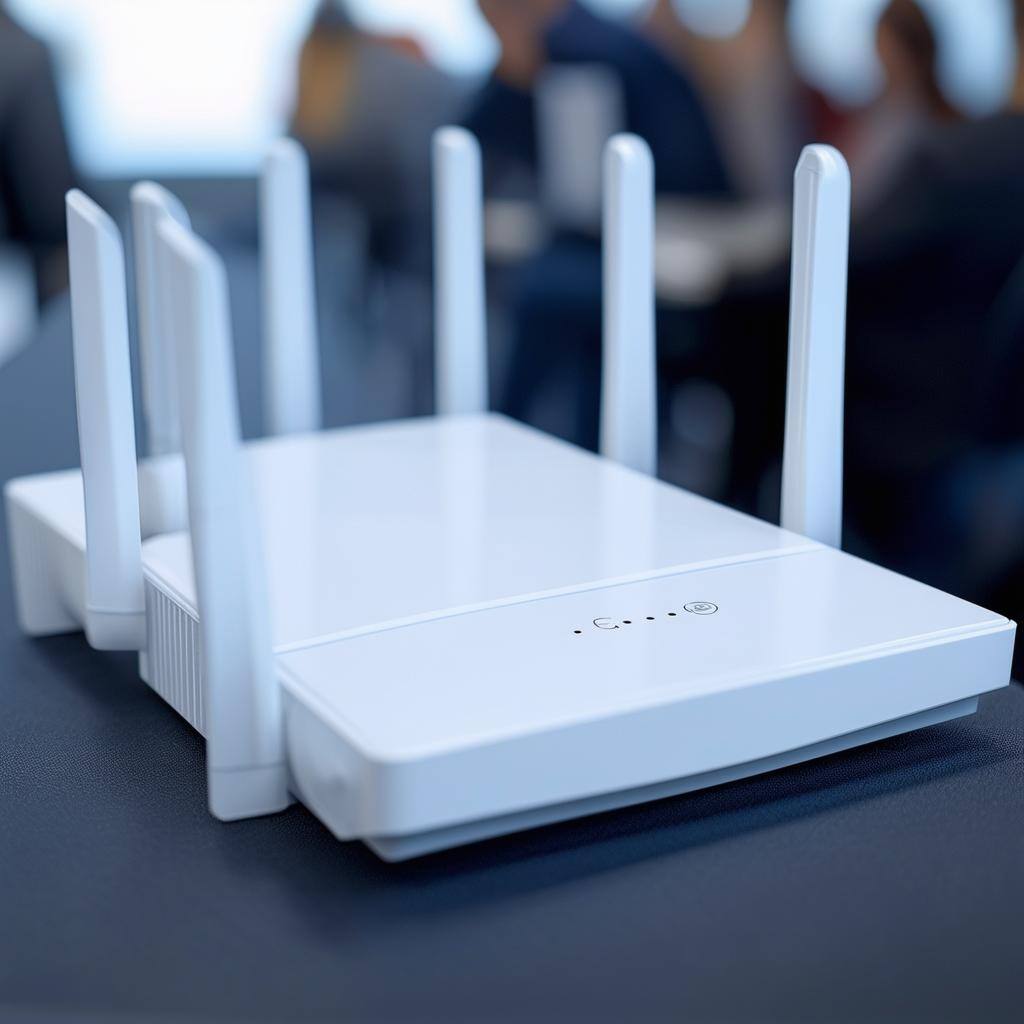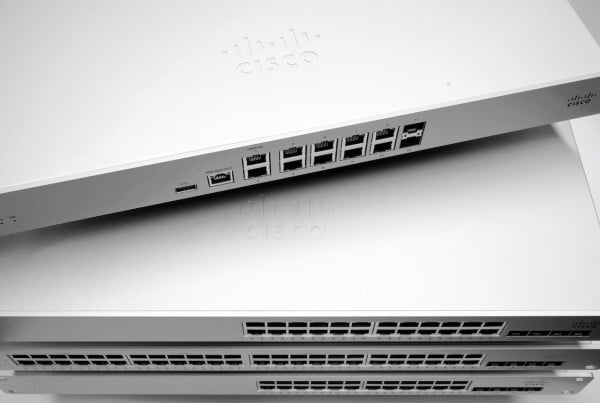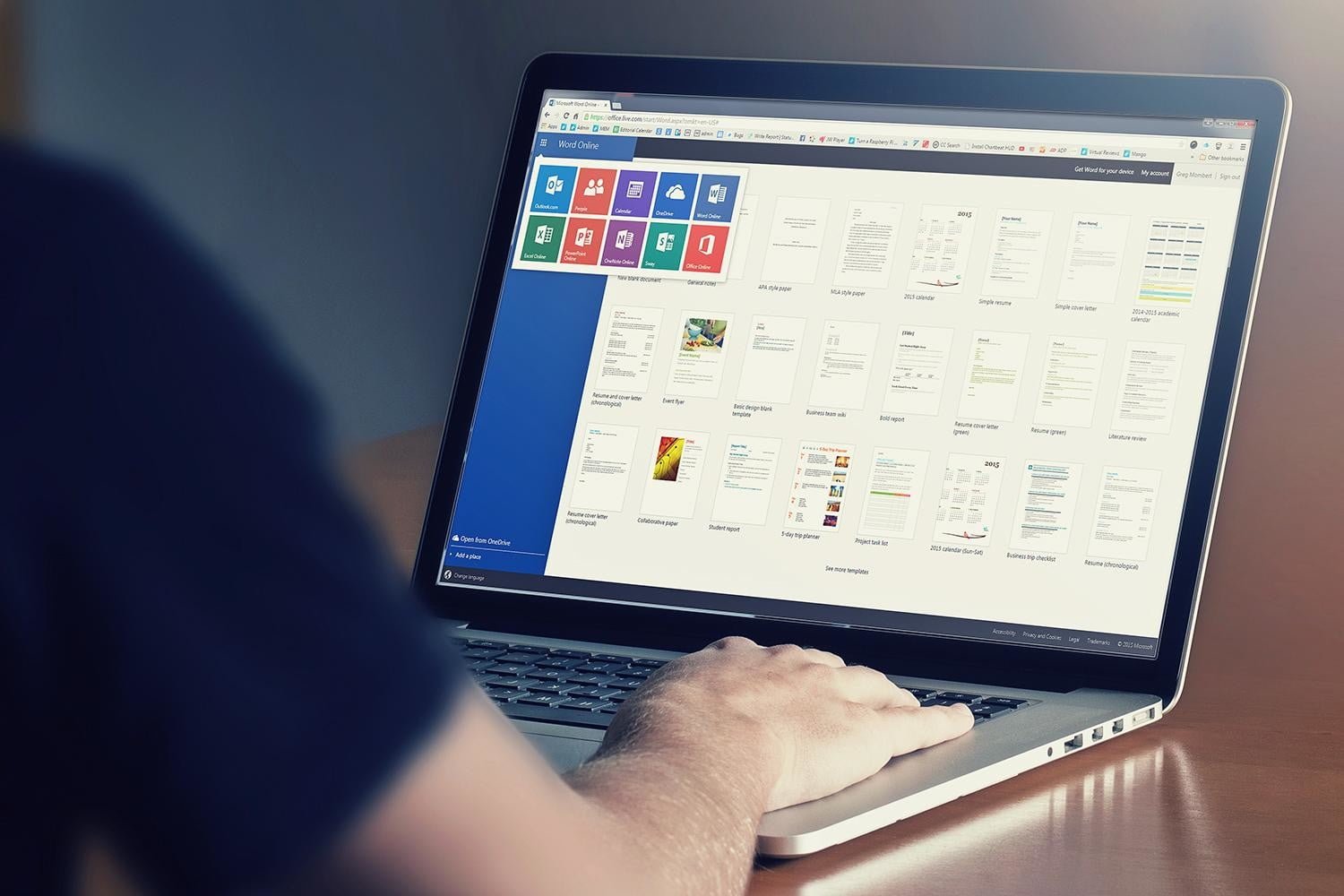
No matter what kind of organization you're running – or how big or small it may be – odds are you'll need a wireless network that your employees and/or customers can depend on.
However, it's not as simple as just setting up a few wireless access points and calling it a day. Commercial wireless networks are much more complicated than residential networks. They require careful planning to ensure they can fulfill their intended use. You'll need to design your WiFi network to ensure it meets all your business and network needs.
There is a definite art to WiFi design, especially if you're dealing with a high-density network environment. There are countless factors that can affect the performance of a WiFi access point (AP), from the placement of your APs to the amount of signal interference to the amount of transmit and receive power to name a few. These factors must be balanced for every AP in your network to have a genuinely robust and user-friendly wireless setup.
However, that doesn't mean it's impossible to DIY your WiFi design. On the contrary, many businesses have successfully implemented WiFi, even across large locations, without specialist help.
Of course, using a professional service like Hummingbird Networks can help you create an optimal WiFi setup and ensure that it works for your needs. With that in mind, the following is a brief guide on everything you need to know about designing a high-density WiFi network.
What Is High-Density WiFi?
A High-density WiFi network is a network that’s designed to support more users and devices than the average office network setting. Think large business offices, retail stores, stadiums, concert venues, airports – any place where you might expect to find a lot of people connecting to the same network.
High-density networks require multiple APs and additional network infrastructure to ensure the connection is fast, stable, and secure. The number of APs your network needs will depend on your coverage and capacity requirements.
Coverage-Based Versus Capacity-Based WiFi Design
When designing a WiFi network for high-density usage, there are two approaches you can take: coverage-based and capacity-based. The following is an explanation of each approach:
Coverage-Based WiFi Design
A coverage-based design focuses on providing WiFi access to users across a large area. This is usually achieved by installing APs with properly tuned transmit power output paired with the correct antennas, allowing them to cover a bigger space. This approach works well in open areas such as parks, stadiums, and other public places.
However, it only takes into account the size of the space being covered rather than the number of users connected.
Capacity-Based WiFi Design
A capacity-based design involves identifying your network needs based on the expected number of users and devices. This approach is ideal for high-density networks such as in offices or other indoor locations where there will be a large number of users and devices connected.
In addition to users and devices, the types of applications they are running will also factor into the network design. For example, certain applications, such as streaming video or video collaboration can require higher than average amounts of network resources.
Outdoor Versus Indoor WiFi Network Design
It's important to consider whether your network will be indoor or outdoor when designing a WiFi network for high-density usage. Outdoor networks are typically more challenging due to the changing environmental conditions and possible interference from neighboring networks.
When planning an outdoor network, you'll need to pay special attention to the network's signal strength and range, which is why a coverage-based WiFi design might be more appropriate.
Indoor networks are more straightforward, as they are shielded from environmental conditions. However, indoor networks can be challenging to design due to the number of users and devices that could potentially connect. For instance, a business office might have a couple dozen employees relying on your network to do their jobs.
You also need to think in “4-D” when designing networks in offices with multiple floors or adjacent buildings, or both. You must remember to think left, right, up, and down. In addition to connecting via their work computers, they may also use their smartphones and various IoT devices. And that's without mentioning what they'll be using your network for. As such, a capacity-based design is usually recommended for indoor networks to ensure your network can handle the load.
Finally, indoor APs are different from outdoor APs. Indoor APs usually have smaller form factors and are designed to work in low-ceiling environments. Outdoor APs, on the other hand, are often larger and typically have higher transmit power for longer ranges, along with environmental protection.
The Importance Of Design To Get A Good WLAN Network
Good WiFi network design is essential for providing all users with a reliable, secure connection. A properly designed wireless local area network (WLAN) considers coverage and capacity requirements as well as potential sources of interference and interference avoidance strategies.
If the proper coverage isn't accounted for, the signal may grow weak in places, leading to potential dead zones. If you don't account for the capacity, your network may not be able to handle the number of users and devices connected, leading to slower speeds.
Not only is a good WiFi network design essential to ensure high performance, but it is also crucial for keeping networks secure. Properly designed networks take into account network access control (NAC) solutions and other security measures such as encryption and firewalls.
These measures can help prevent unwanted users from gaining access to your network, keeping your data safe and secure.
8 Tips To Obtain High-Density WiFi Design
Now that you have a pretty good idea of how essential it is to plan out your wireless network design to ensure it has the coverage and capacity required to meet your needs, let's go over a few tips on creating a high-density WiFi design.
1. Stick To 5GHz or 6GHz
Here at Hummingbird Networks, we rarely say, "you need the latest generation," but in larger WiFi networks, that tends to be the case. For example, WiFi 5 (also known as 802.11ac) is a requirement for high-density wireless environments because it utilizes 5 GHz radio bands.
5 GHz allows for much faster connection speeds than older 2.4 GHz APs, and you'll need that speed to have an acceptable network. However, the other issue is that 2.4 GHz is an incredibly crowded radio band.
That's the same frequency range used by Bluetooth, wireless telephone headsets, and a wide range of other "wireless" devices. So trying to have a working WiFi network on top of all that becomes nearly impossible due to all the interference.
Although 5GHz is still suitable for many high-density WiFi networks, 802.11ax (also known as WiFi 6) now makes it possible to take advantage of the 6GHz frequency band. The 6GHz band is much less crowded compared to the 2.4Ghz and 5Ghz bands, with increased channel widths that allow for faster speeds and higher capacity. Additionally, the 6GHz band is exclusive to devices that support 802.11ax, which helps reduce interference and improves security.
This makes it the perfect choice for high-density business networks that require scalable and reliable performance. It also allows for much more efficient use of airtime, allowing more devices to connect while still providing optimal performance.
2. Survey The Area Properly
Access point (AP) placement is the most critical part of WiFi design. You want to put them in places that:
- Have clear lines of sight to commonly used areas
- Aren't being blocked by nearby physical objects, such as elevators or thick walls
- Are far away from water sources, such as pipes or aquariums
- Are within the range of the wireless signals (as indicated by your AP data sheets)
- Aren't too close to each other, as that can cause interference
Additionally, remember that walls (especially brick) and most flooring types significantly degrade signals. So you'll definitely need different APs on every floor of your building and redundancy wherever there are thick walls.
You could do a "reality check," which involves walking around with a single AP to see what signal strength you get. Doing this before you commit to placement can save much aggravation later. However, you may want to consider scheduling a professional wireless network assessment instead.
A professional will essentially do the same thing to determine the ideal AP placement, but they'll use specific tools and software to do so. As a result, they'll know exactly where to place your APs to ensure the best possible performance. They'll also know what antennas to use and help set up the proper signal and power required for every area.
3. Keep SSIDs To A Minimum
Another element that's important for an effective wireless network design is seamless roaming. Seamless roaming refers to the ability for devices to automatically move from one AP to another without disrupting connectivity.
For this reason, you should limit the number of SSIDs used in your environment. Some people think they need a different SSID for every AP, but that isn't the case. To have effective wireless roaming, the same SSID name and configuration must be repeated on every AP a user might wander near. The more SSIDs you have, the harder this becomes.
Generally, there's rarely a need for over one business SSID and one guest/visitor SSID. Past that point, simple user permission settings can segregate departments if you need that sort of security.
Trying to implement per-department SSIDs (as we occasionally see people attempt) rarely works and can cause a drop-off in performance. This is especially true if users are roaming while connected to your network (for example, if they're walking from one end of your office to another using their smartphone).
4. Overestimate Your AP Purchase
There are two basic truths to WiFi implementation:
- APs will never achieve the maximum specs claimed on the box.
- Users will manage to max out the AP's capabilities no matter how fast or robust it is.
When you're trying to calculate your AP purchasing requirements, assume your initial estimates are low. Unpredictable real-world factors will inevitably degrade performance, and the users will always surprise you with their ability to use up bandwidth. A few extra APs are rarely a waste of money.
However, it's important to note that just because you buy extra APs, doesn't mean you will get a stronger signal or cover dead spots. You can't just add extra APs anywhere because they can cause interference with nearby APs and put added strain on your network. Only an experienced professional will be able to design the layout of your environment for optimal performance properly.
5. Optimize Design For Every Device (Especially Mobiles)
When considering the capacity of your network design, don't just consider your organization's computers and IoT devices. Employees use their smartphones all the time, so you must plan for them as well. Smartphones require more bandwidth than traditional devices and often experience slower speeds because of their weaker antennas.
Therefore, designing your WLAN with the mobile user in mind is vital. This means providing plenty of bandwidth and coverage for areas that are likely to be used by mobile users. As such, be sure to optimize your network design for every device.
6. Establish A Per-Client Bandwidth Limit
In an increasingly connected world, it is essential to consider the bandwidth limits of your network. Setting up per-client bandwidth limits is necessary to ensure that a single user doesn't adversely impact your network performance. This ensures that one device or user cannot take up all the bandwidth and slow down the entire network.
Moreover, it is crucial to understand that different kinds of devices require different amounts of bandwidth. For example, video streaming devices require more bandwidth than basic laptops or phones.
Therefore, it is critical to adjust your per-client bandwidth limits accordingly. By properly setting up your network's bandwidth limits, you can prevent any single user or device from slowing down the performance of your entire network.
7. Enable And Support Fast Roaming
The placement of APs plays a vital role in successful roaming. APs should be placed close enough together that the signal strength is within a few decibels of each other.
You should also consider the antenna's gain, transmit power, and receive sensitivity to ensure that all access points match to minimize dead spots and make sure that your access points are in each other's line of sight.
After all, you don't want anyone's connection suddenly dropping out as they walk around your building.
Fast roaming protocols, such as 802.11r and 802.11k, are also essential for a successful connection. These standards ensure that the data is seamlessly shifted between APs as the user moves around your network, providing a seamless and secure experience.
8. Acquire Expert Assistance
Although it is possible to plan and design your own WLAN, hiring an experienced professional will ensure you get the best results. An expert has the knowledge and experience to plan for optimal performance, taking into account your organization's unique needs.
Attempting to set up your network on your own can be time-consuming – and if you don't plan your network design correctly, you could end up with slow connections and poor coverage.
At Hummingbird Networks, we offer wireless network design services to help you achieve high-performance, high-density wireless networks. Our experienced team will identify the needs of your WLAN and design a network to fit those requirements. We can also provide you with the necessary hardware and software solutions to get your network up and running.
Design Your Wireless Network For Success
In this day and age, every organization, both big and small, needs a wireless network that their employees and customers can depend on.
After all, there's nothing more frustrating than slow speeds or dropped connections, both of which can disrupt day-to-day operations and negatively impact productivity. It's why planning your wireless network design is so vital to your network's performance.
While you may not need professional assistance with your WiFi design, it can certainly make your life easier! For more tips or a professional evaluation of your site along with a detailed survey, contact Hummingbird Networks. We'll be happy to help build the perfect WiFi network for your business.
Count on us to build the ideal WiFi network for your business. Consult with the professionals at Hummingbird Networks to get started!





.png?height=1080&width=1080)







